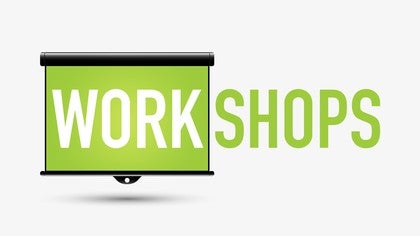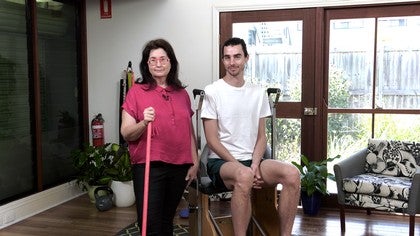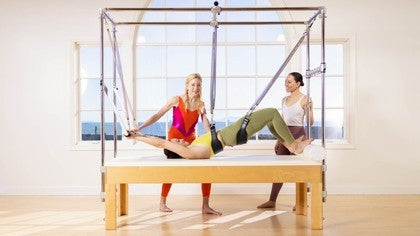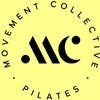Premium Continuing Education workshop
You can view a 2 minute preview. For details, scroll down below the video.
Description
Objectives
- Understand the structures of the immune system and its responses and how this is affected by movement and actions in a Pilates studio
- Understand what the physiological response of stress is and how this affects the immune system
- Understand breath and muscular contraction and its contribution to immunity
- Understand simple Pilates exercises and modifications that can be used to support the important organs of the immune system
About This Video
Continuing Education Credits
If you complete this workshop, you will earn:
1.0 credits from National Pilates Certification Program (NPCP)
The National Pilates Certification Program is accredited by the National Commission for Certifying Agencies (NCCA)
1.5 credits from Pilates Association Australia (PAA)
The Pilates Association Australia (PAA) is an independent and not-for-profit organization established by the Pilates industry as a regulatory body for control of quality instruction, member support, and integrity within all legitimate approaches to the Pilates Method.
Workshops: Body Pathologies and Conditions
Comments
You need to be a subscriber to post a comment.
Please Log In or Create an Account to start your free trial.

















